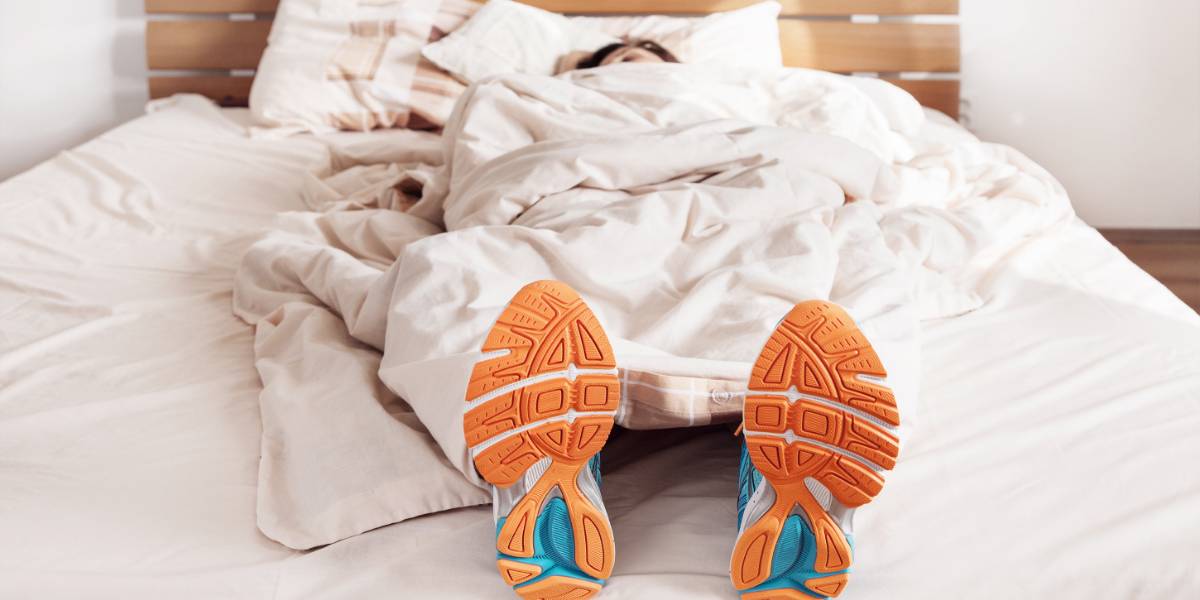“Earlier bedtimes naturally foster more active lifestyles”, latest evidence has shown.
A new study from Monash University has discovered that people who go to sleep earlier are likely to take part in more exercise the next day compared to those with a later bedtime.
A total of 20,000 adults took part in the trial by wearing a validated biometric device for one year.
- Eating an avocado a day linked to better sleep, study finds
- Rising temperatures are stealing our sleep
- Metabolic syndrome associated with lack of sleep during pregnancy
The research team then looked at how sleeping habits and nightly fluctuations in sleep can impact an individual’s physical activity levels the next day.
They found that the participants who typically go to sleep at 9pm completed 30 more minutes of moderate-to-vigorous physical activity compared to the people whose typical bedtimes were 1am.
In addition, the results have revealed that the 9pm sleepers logged nearly 15 additional minutes of daily moderate-to-vigorous physical activity per day than the 11pm sleepers.
First author Dr Josh Leota said: “The findings suggested individuals with later bedtimes may be at a disadvantage under conventional work schedules.
“Standard nine-to-five routines can clash with the natural sleep preferences of evening types, leading to social jetlag, poorer sleep quality, and increased daytime sleepiness which can all reduce motivation and opportunity for physical activity the next day.”
He added: “Rather than just promoting sleep and physical activity independently, health campaigns could encourage earlier bedtimes to naturally foster more active lifestyles.
“A holistic approach that recognises how these two essential behaviours interact may lead to better outcomes for individual and community health.”
- Brain function enhanced by good sleep and exercise
- Heart attack and stroke risk increased by irregular sleep
- Chronic health complications triggered by poor sleep
Corresponding author Dr Elise Facer-Childs said: “Sleep and physical activity are both critical to health, but until now we didn’t fully grasp how intricately connected they are in everyday life.
“Our findings are consistent across different populations and show that if you can get to sleep earlier than usual while keeping your sleep duration the same, you may be more likely to increase your physical activity the following day.”
Read more in Proceedings of the National Academy of Sciences.




